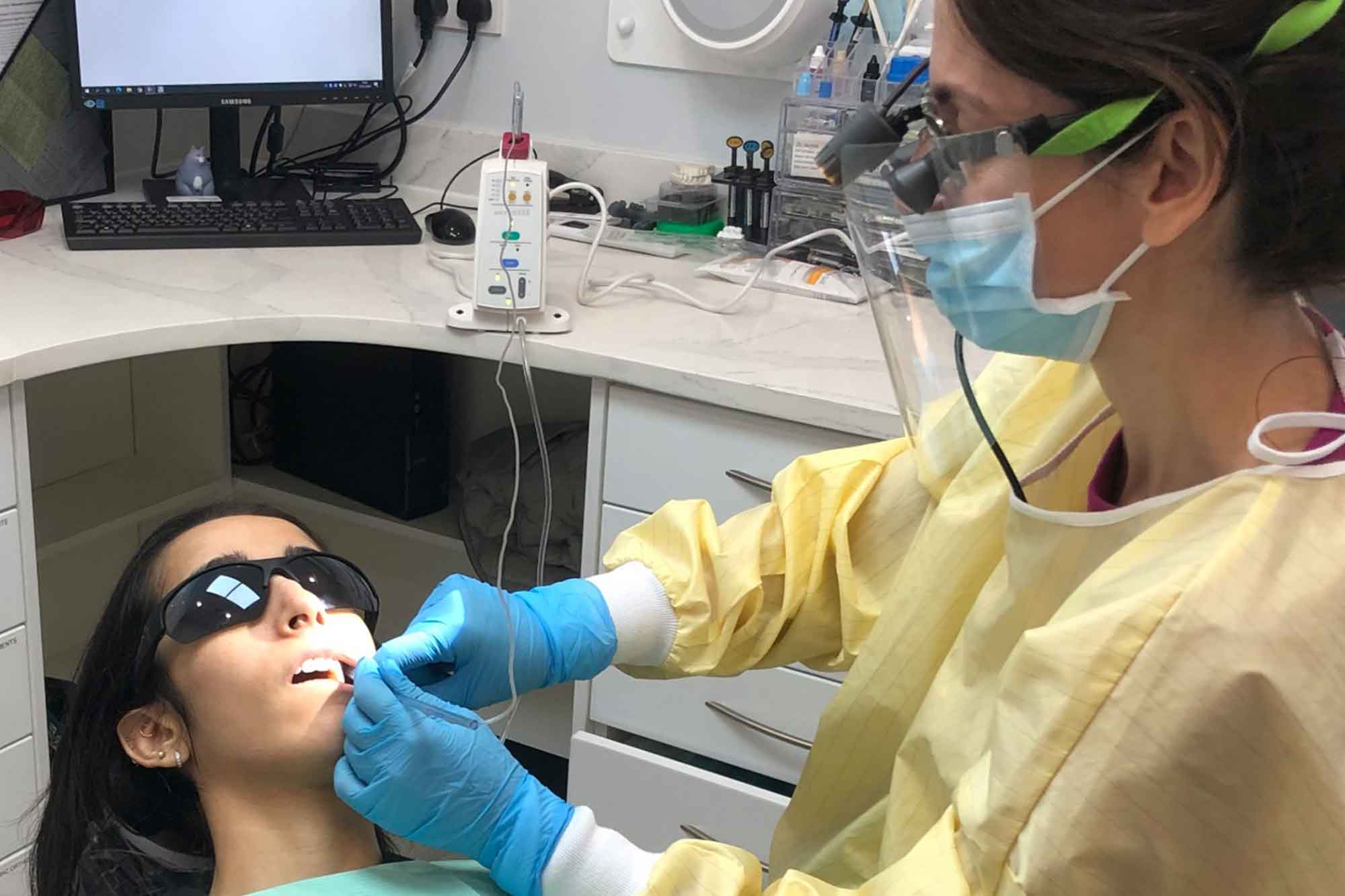 Dr Mac explains why biomimetic restorative dentistry is so important when it comes to the cyclical nature of dentistry.
Dr Mac explains why biomimetic restorative dentistry is so important when it comes to the cyclical nature of dentistry.
Life is, by nature, cyclical and the impact of COVID-19 upon it is no exception.
Seemingly, it is a part of the bigger picture when it comes to Mother Nature’s way. Haven’t we faced a pandemic every 100 years or so?
This recurrent theme even carries through to the repetitive preventative mantra of ‘Hands. Face. Space’. As well as the cyclical management strategy applied by public health experts to the virus itself, with its constant circle of lockdowns, restrictions, relaxation ad infinitum.
The dental cycle
Ordinarily, dentistry too has its own cycle. From the regular orders of dental supplies to the scheduling of appointments. From the screening and charting to the traditional pattern of restore and repair and repetitive oral health instruction.
A cycle observed by dentists and their teams with such regularity that, in themselves, create their own small circle of life right there in the surgery.
In essence then, dentistry is a methodical profession. It is disrupted only of late by the pandemic’s enforced hiatus, adding challenges such as PPE (in particular face masks and FFP2 respirators) to the challenges of communicating all-essential oral health guidance to patients.
In fact, many suggest this pause in practice has already created a downward circle of oral health challenges for the more compromised patient, who has been denied the dynamic cycle of feedback and refinement.
According to the British Dental Association, in October missed dental appointments in England had already reached 14 million as a result of COVID-19.
Paradigm shift
But an interlude affords us breathing space. Space can create the perfect time to reflect and reconsider the way we do dentistry. In fact, sometimes, breaking cycles is a positive.
Indeed, for some, it may provide an opportunity to make a paradigm shift in their approach to restorative dentistry protocols.
Minimally invasive dentistry is the application of ‘a systematic respect for the original tissue’. It’s a concept designed to address the caries process – the continuum resulting from many cycles of demineralisation and remineralisation.
Paediatric dentist Makbule Ogretme (Dr Mac) is a part-time associate dentist at Dencare Clinic, a private practice in south east London. She is an advocate of minimally invasive solutions to tooth restoration. Especially if they meet her goal of ensuring healthy teeth for life.
And, whilst she acknowledges it is inevitable that ‘original tissue will be affected in every treatment’, Dr Mac suggests that: ‘Finding the balance between the right level of treatment with the minimum level of damage to the tissue is what any proficient dentist should do’.
She explains: ‘If I can provide pain-free dentistry with treatment that comes with less impairment, I certainly prefer to do so. Once the tooth needs restoring, it is very likely to be cyclical. Just with differing levels of frequency. Ultimately, however, it is important to have those preventive protocols in the first place.’
Biomimetic restorative dentistry
Her passion for preserving natural dentition is reflected in her championing of biomimetic restorative dentistry. This is a treatment approach that strives to preserve intact tooth structure.
In principle, conserving more of the intact tooth is paramount to the biomimetic approach. And biomimetic dentistry understands the natural tooth in its entirety.
Dr Mac says: ‘In contrast to traditional techniques, the biomimetic approach provides less removal and destruction of tooth structure by maximising bond strength, decreasing residual stress, providing long term marginal seal and increasing the pulp vitality.
‘The best place to apply this biomimetic approach is, in my opinion, with paediatric dentistry. If you consider the anatomy of baby teeth, with thin enamel and a large pulp chamber, then causing minimum destruction is vital.’
Her systemic approach also includes deep caries removal. Dr Mac uses a disclosing agent known as ‘caries detector dye’ to ensure conservative dentistry.
As she says: ‘Before you grab your handpiece and attack, think twice. Stay bonded and believe in science.’
Good oral hygiene
To maintain the longevity of any conservative dental work, good oral hygiene is obviously essential. Dr Mac is keen to push the fundamentals.
She says: ‘Brushing twice a day with fluoridated toothpaste, using interdental cleaning aids, and visiting the dentist and hygienist on a regular basis are part of my mantra. We need to have the opportunity to frequently remind patients of this.’
The patterns of life are naturally cyclic and are a part of its rich tapestry. Ebbs and flows are inevitable.
But, if this pandemic has taught us anything, it is that we can sometimes take control to change the course of events, with minimal intervention, squaring any circle by applying the right science.


